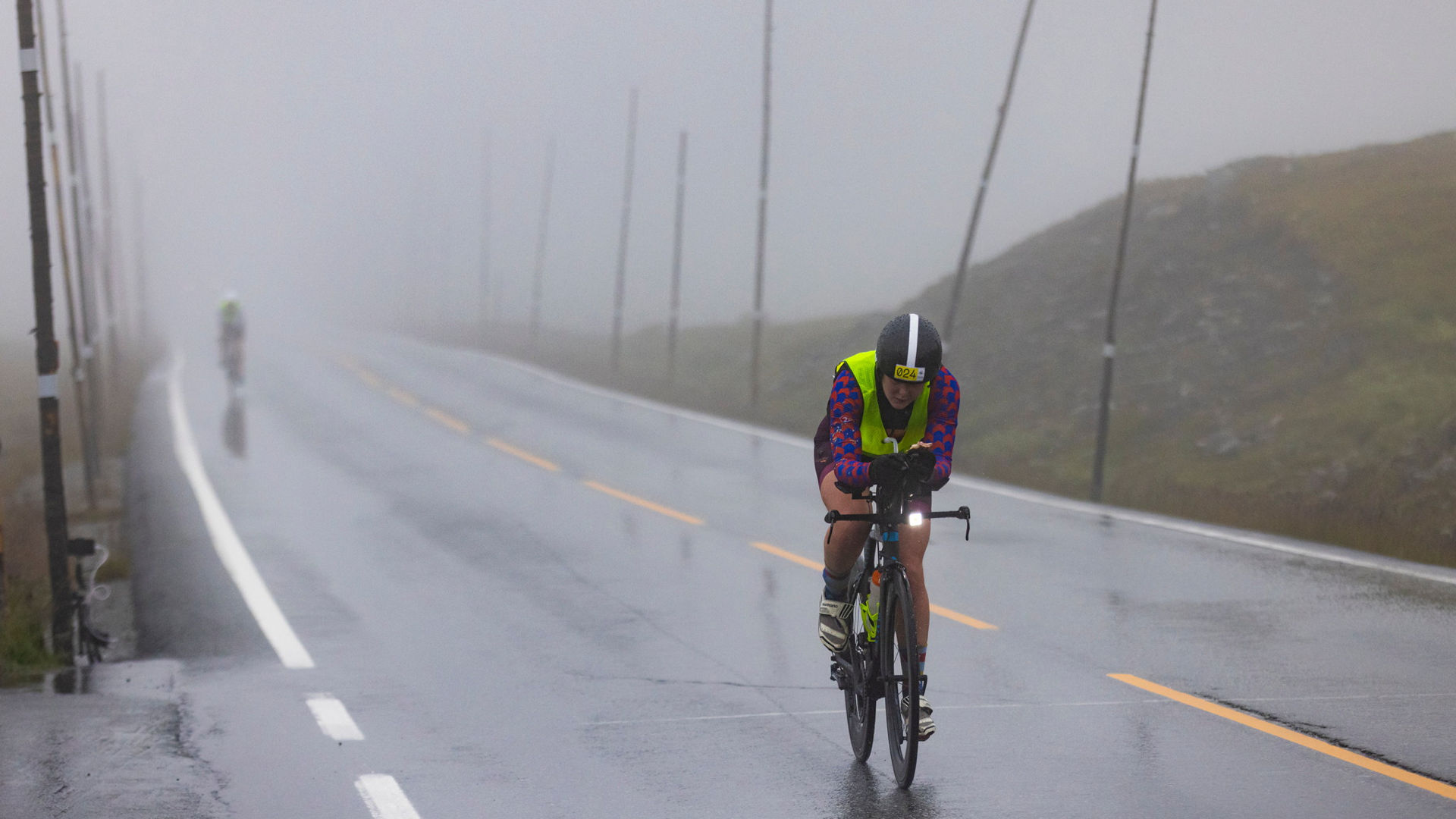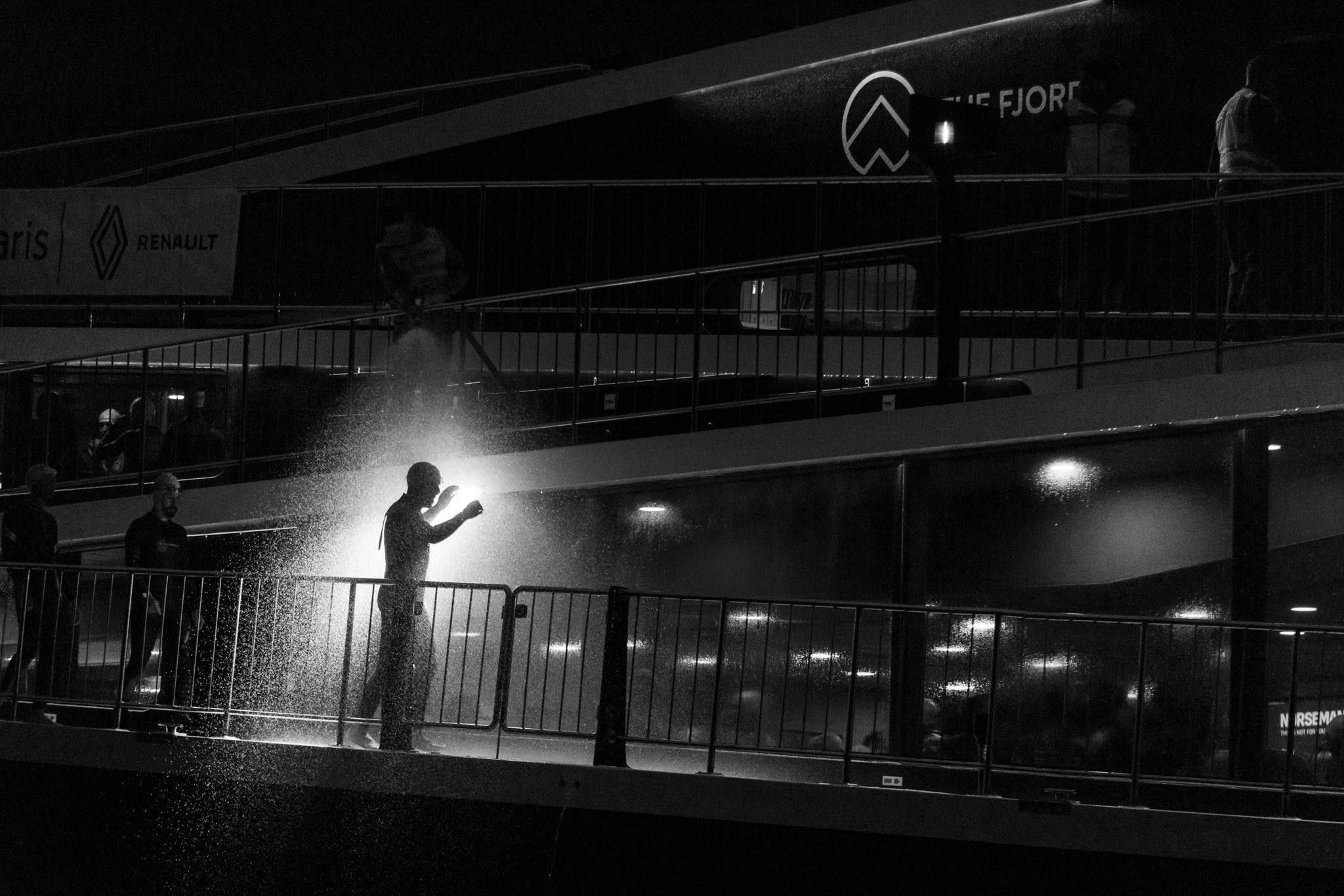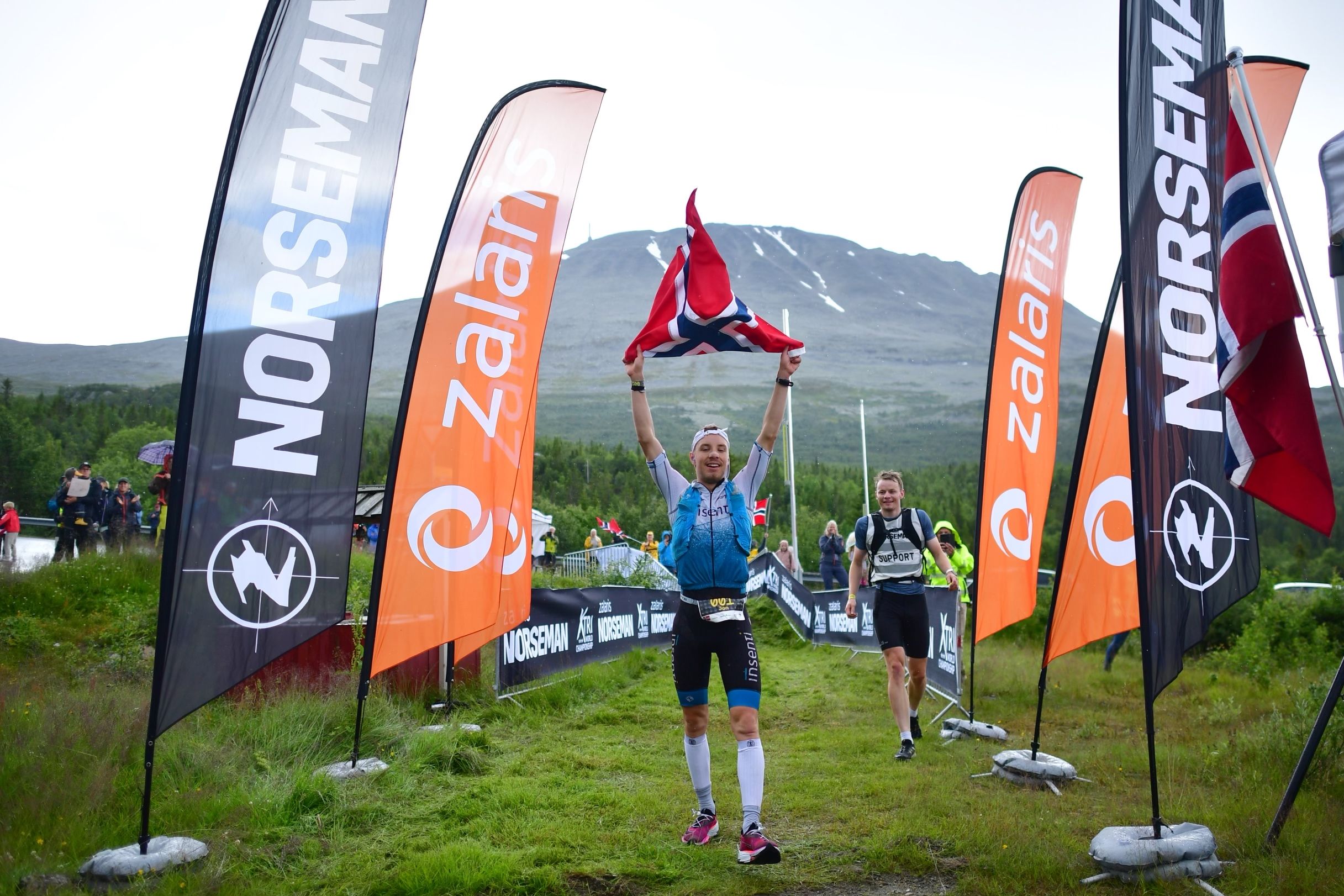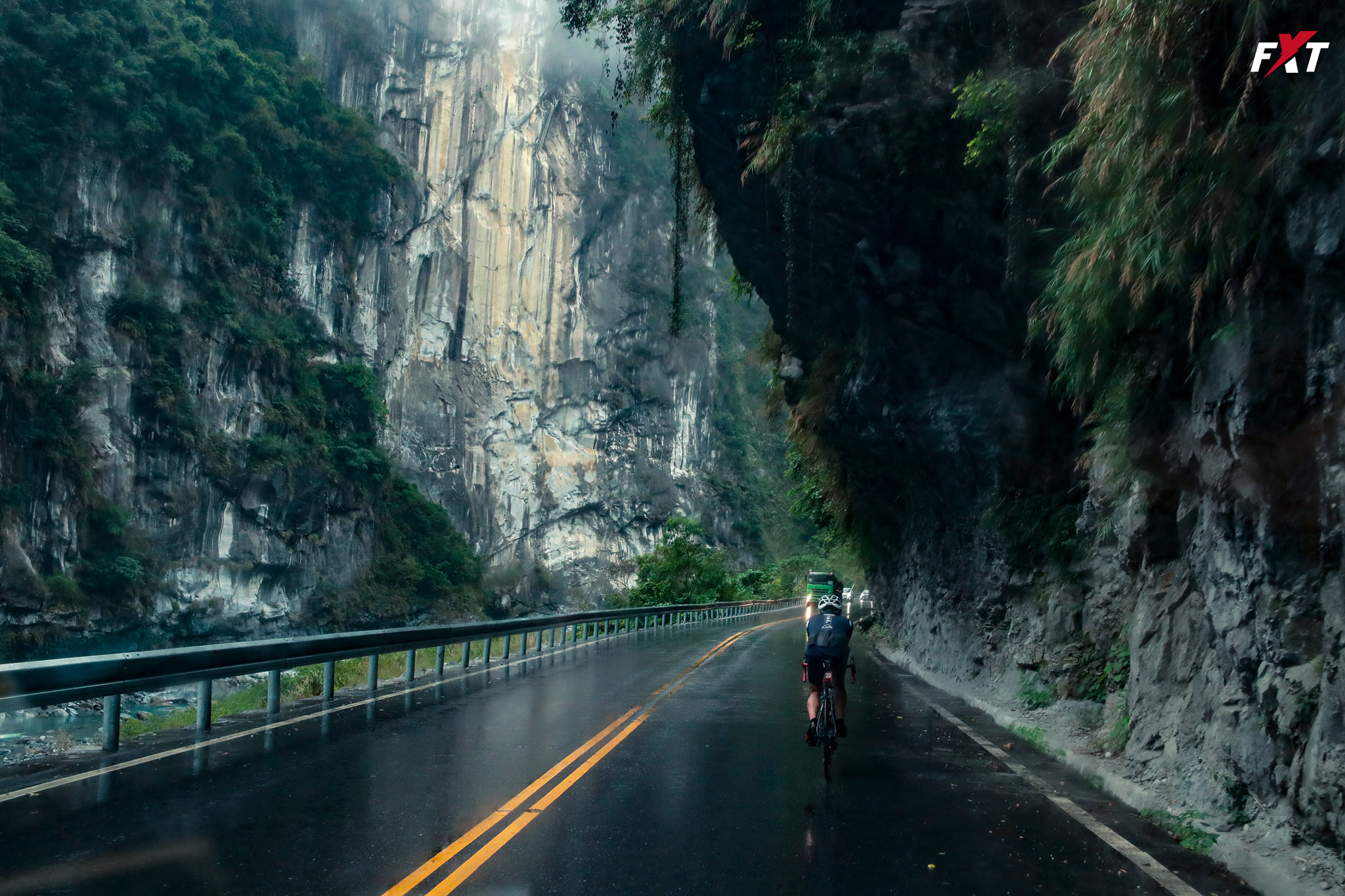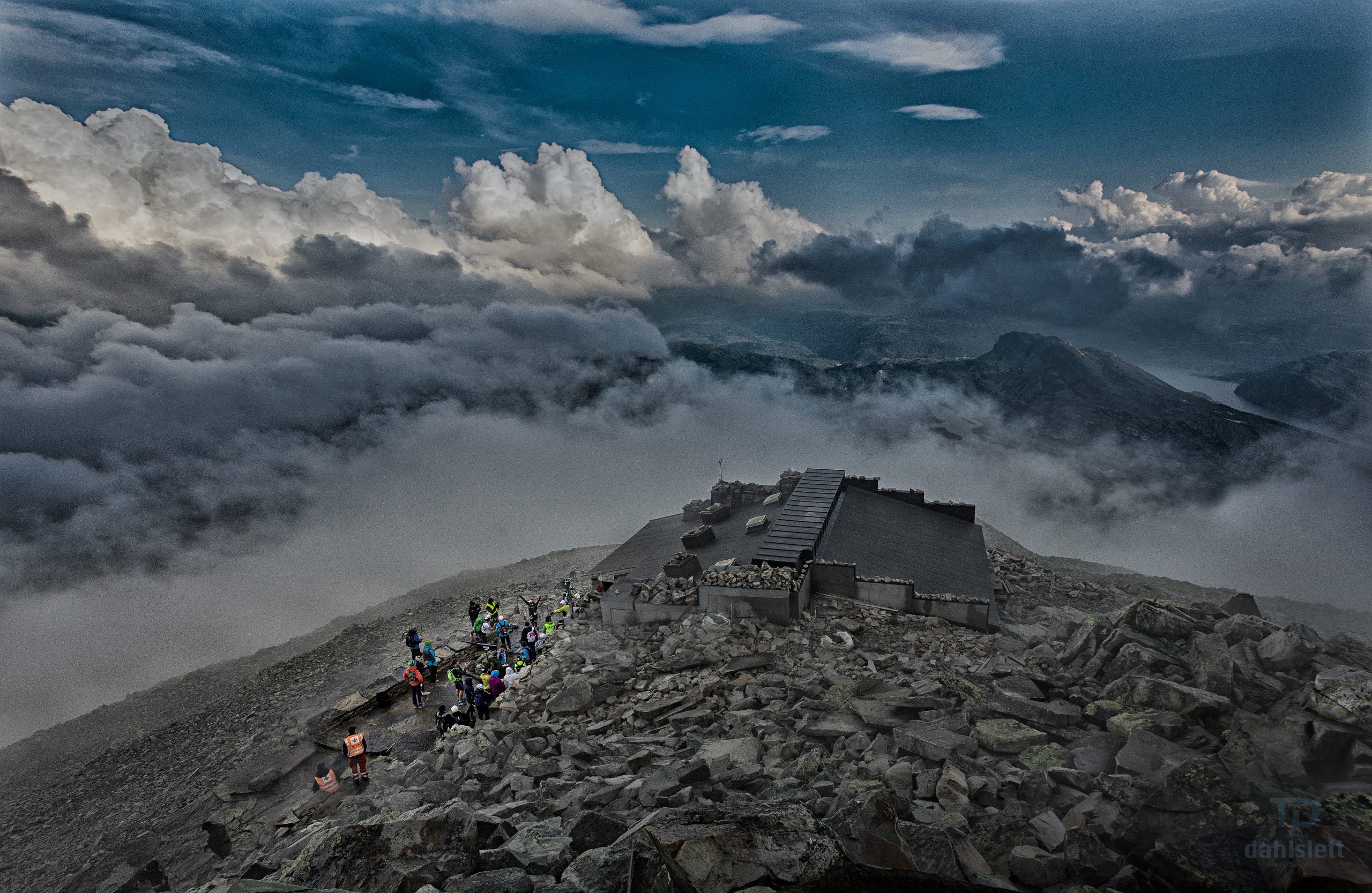By Jørgen Melau, Norseman Safety Director.
Another year of taking care of our athletes’ safety. Last year I wrote a recap of our safety work throughout the race. It was a popular read, so I figured I would make it a yearly summary. You will not get details of injuries and other medical incidents because that is sensitive information. But I will give you a general overview of how we work during planning and execution.
This year water temperature was an issue that we discussed much in the days leading up to the race. Our extensive research over the last seven years makes us feel relatively well prepared for this. We know how to deal with low water temperatures. The hard fact was that the water temperature was 15.0 degrees Celsius at the starting point. And before exiting the water at T1, it was 13.3 degrees Celcius. So no particular worries there. This is what to expect from an extreme triathlon like Norseman. There were several cold patients. A few were pulled out of the water by us, and a few didn’t make the cut-off at T1. The air temperature at T1 was 11.1 degrees Celcius with a wind speed of 3 m/s. Worse weather was to come soon.
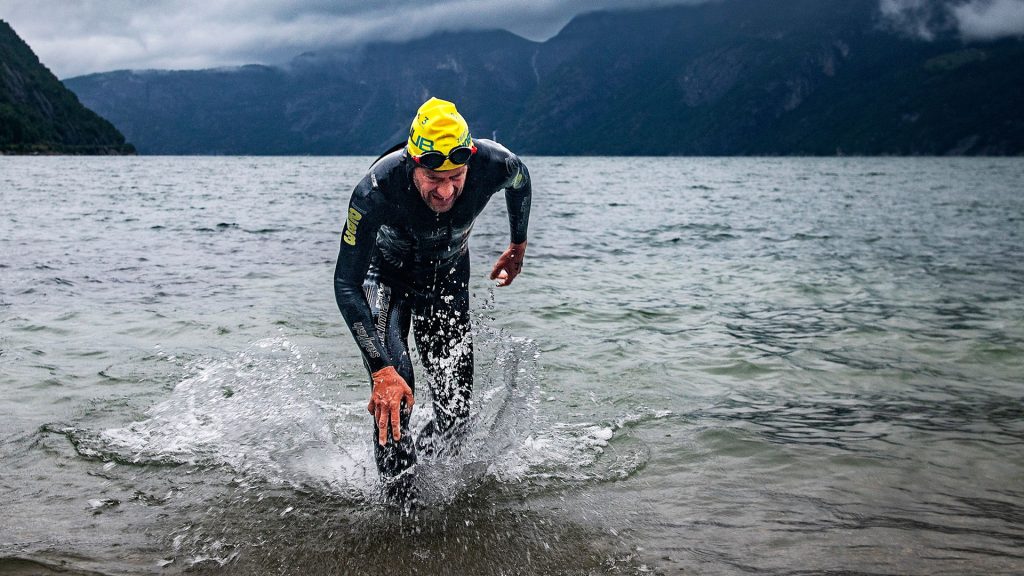
At Dyranut, we measured the wind speed of 9 m/s from 0900 to 0930, when many of the athletes were passing. That is around 20 knots and a fresh breeze. Add to that a temperature of 2.5 degrees Celcius, and calculating the wind chill, gives an actual temperature of about -4 degrees Celcius. On top of that, pretty heavy rain. It was cold during the first part of the bike segment. Many athletes were unprepared for low temperatures, wind and rain and got very cold. This was the race’s worst part in terms of environmental factors.
During the cycling, the weather suddenly changed, getting quite pleasant. In T2, it was 17 degrees Celcius, with nearly no wind. Locals were in shorts and T-shirts, and T2 was a very lively place, including barbecues and a DJ. Fast forward to the finish at Gaustatoppen, 4 degrees Celcius, very little wind, and sun all day.
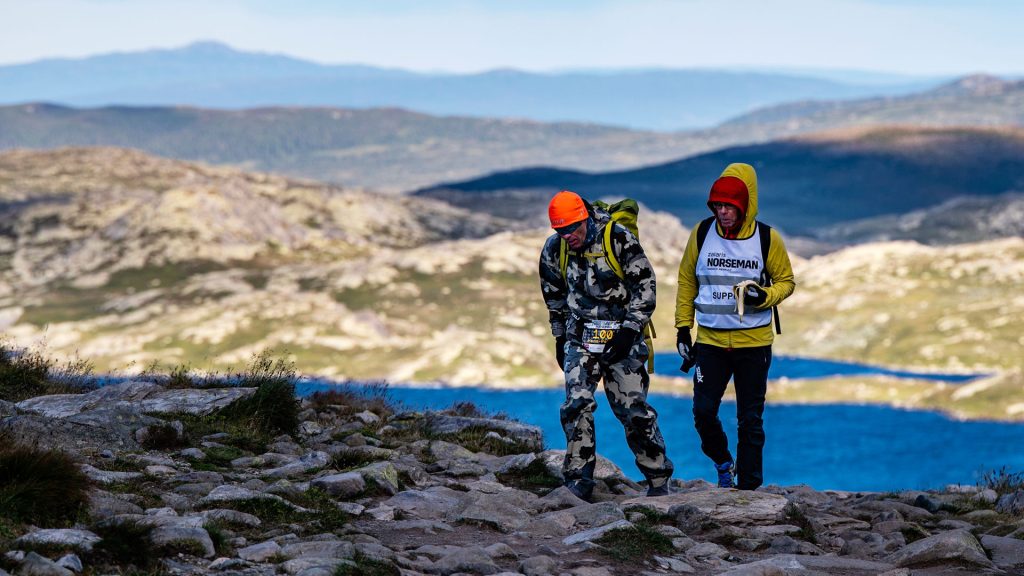
Our safety and medical crew include five physicians and a few paramedics and nurses. But the core of our safety execution is the local Red Cross volunteers. Their contribution is vital for making a race like Norseman possible. So hope you cheer them and thank them on every one of the races you attend. Most races are not possible without their help.
We also did some research this year. This year we focused our measures on Troponin, a biomarker most commonly used to detect cardiac cell death. It is used first and foremost to detect acute myocardial infarction and angina. We will investigate different subtypes of Troponin in this year’s study, as well as other commonly used biomarkers.
In terms of incidents, we don’t give details. Still, heart conditions like arrhythmias are typical incidents we respond to, and we did have a few cases of hypothermia. However, all in all, it went pretty well, as seen from the safety team’s side.
It is because we are prepared. It is because we have a terrific team of devoted people. It is because we have planned the event, evaluated it, and improved it to be better year by year. It is no coincidence. We are prepared. Still, we can do better. We continuously improve every year.
